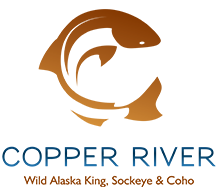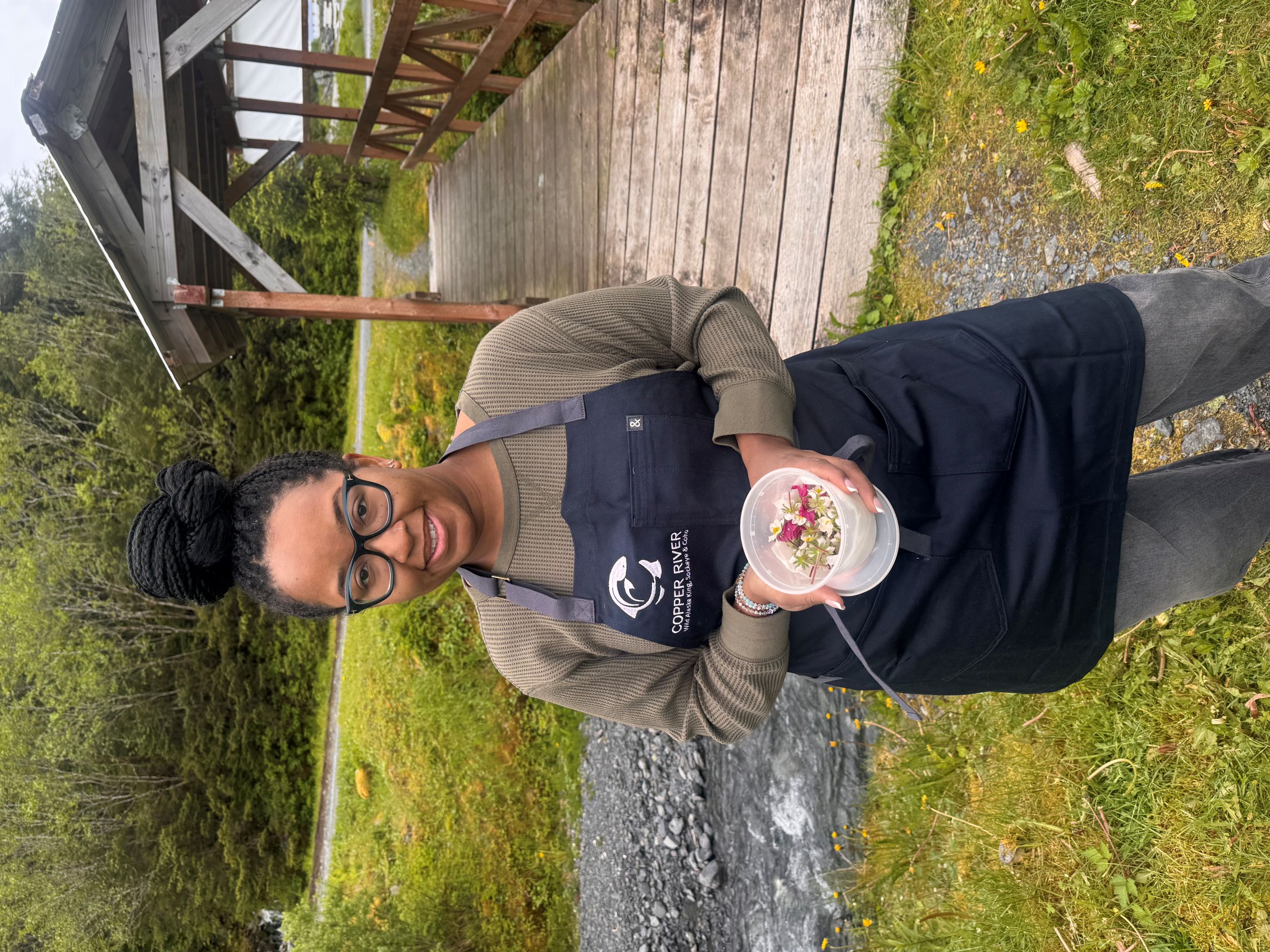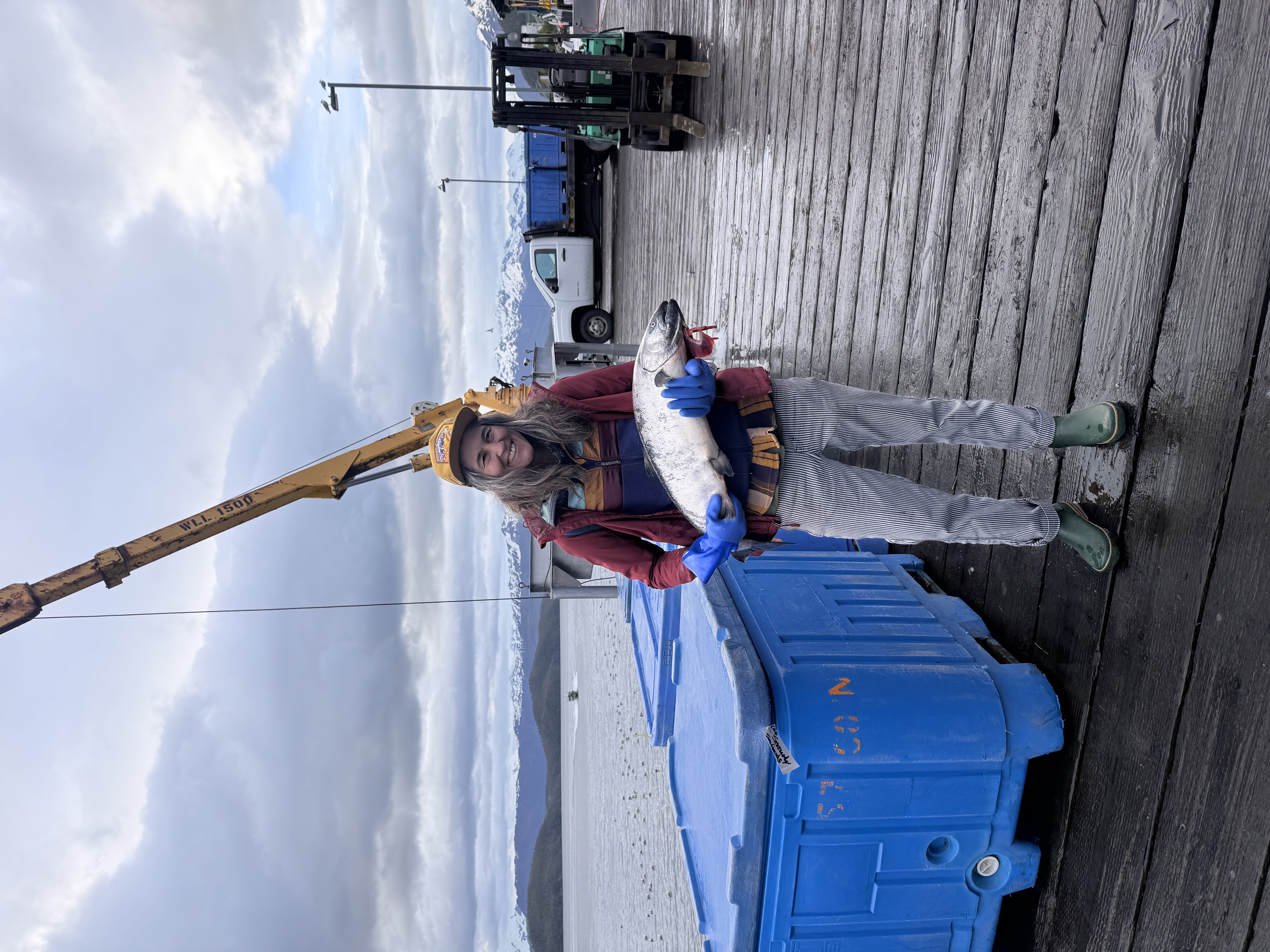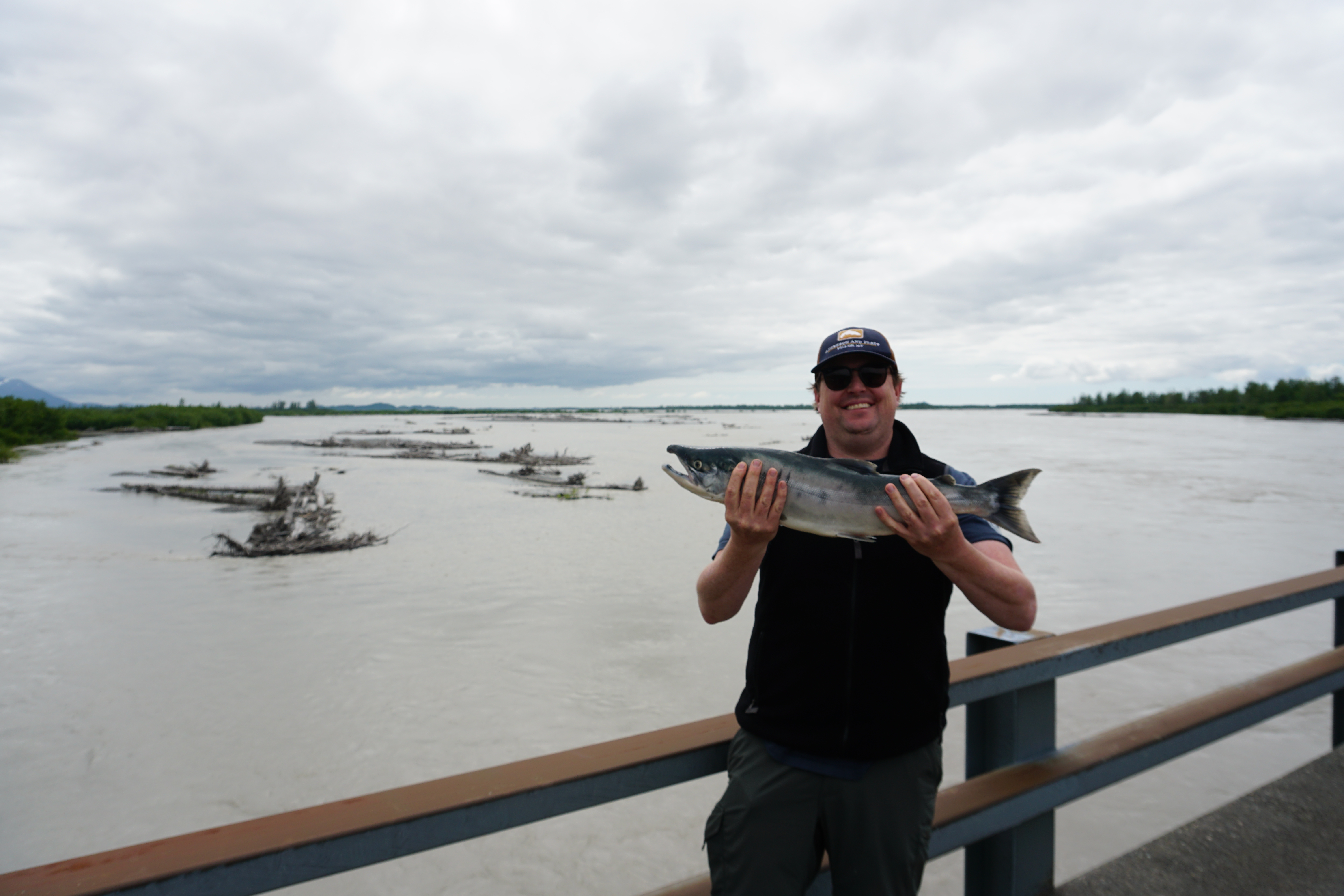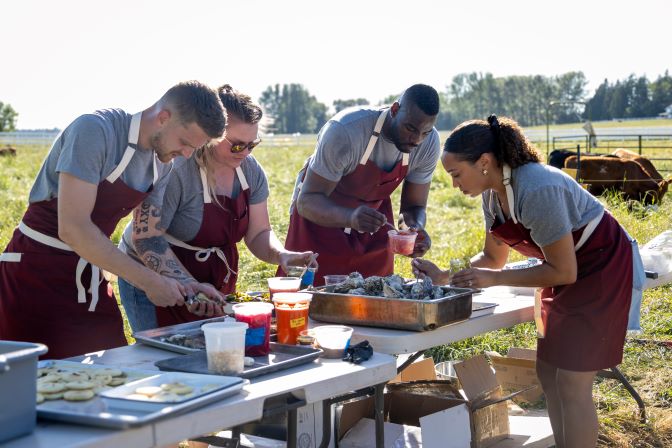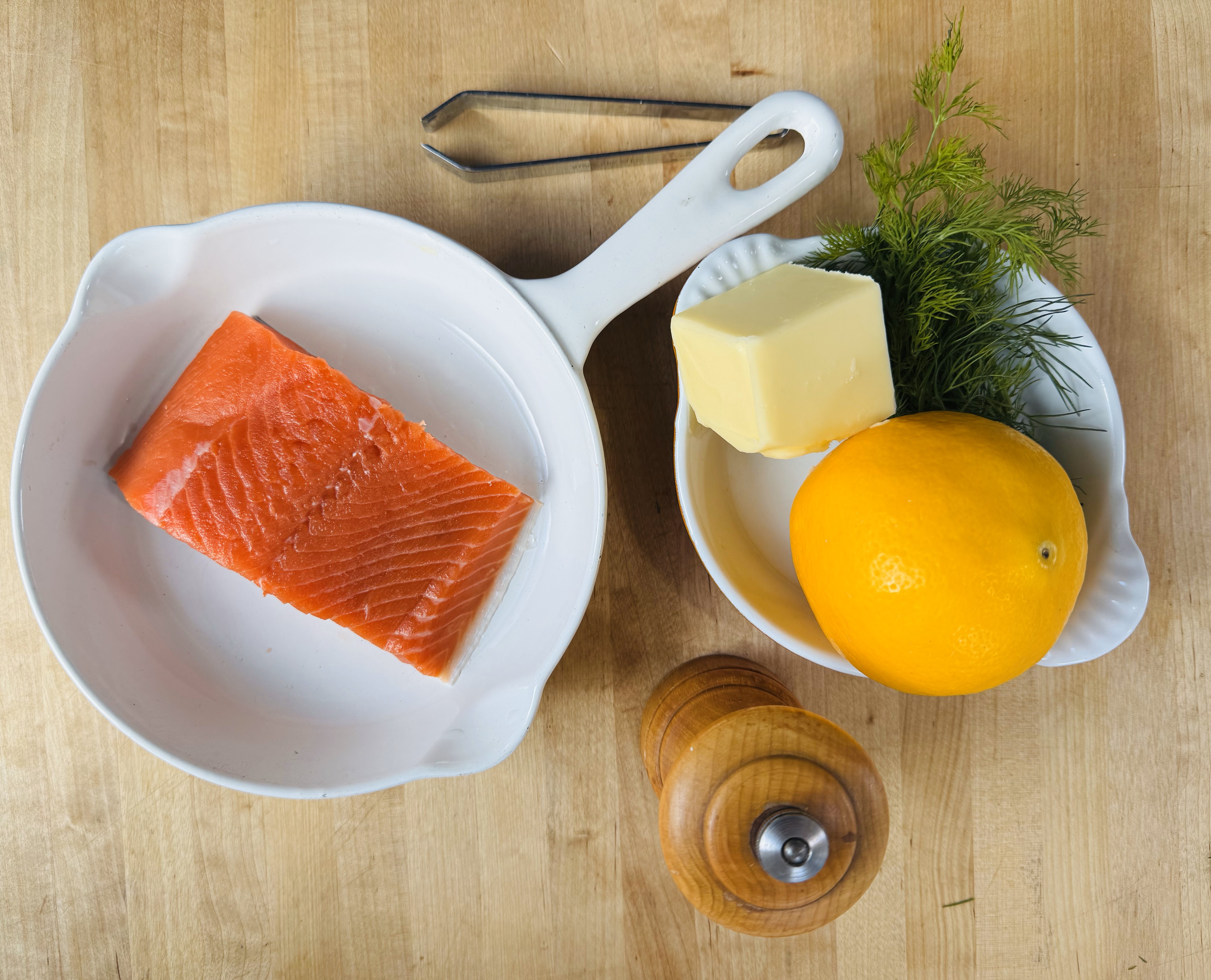By using our website, you agree to the use of cookies as described in our Cookie Policy
Wild Caught vs. Organic
Wild Caught Seafood vs. Organic: Is There A Difference?
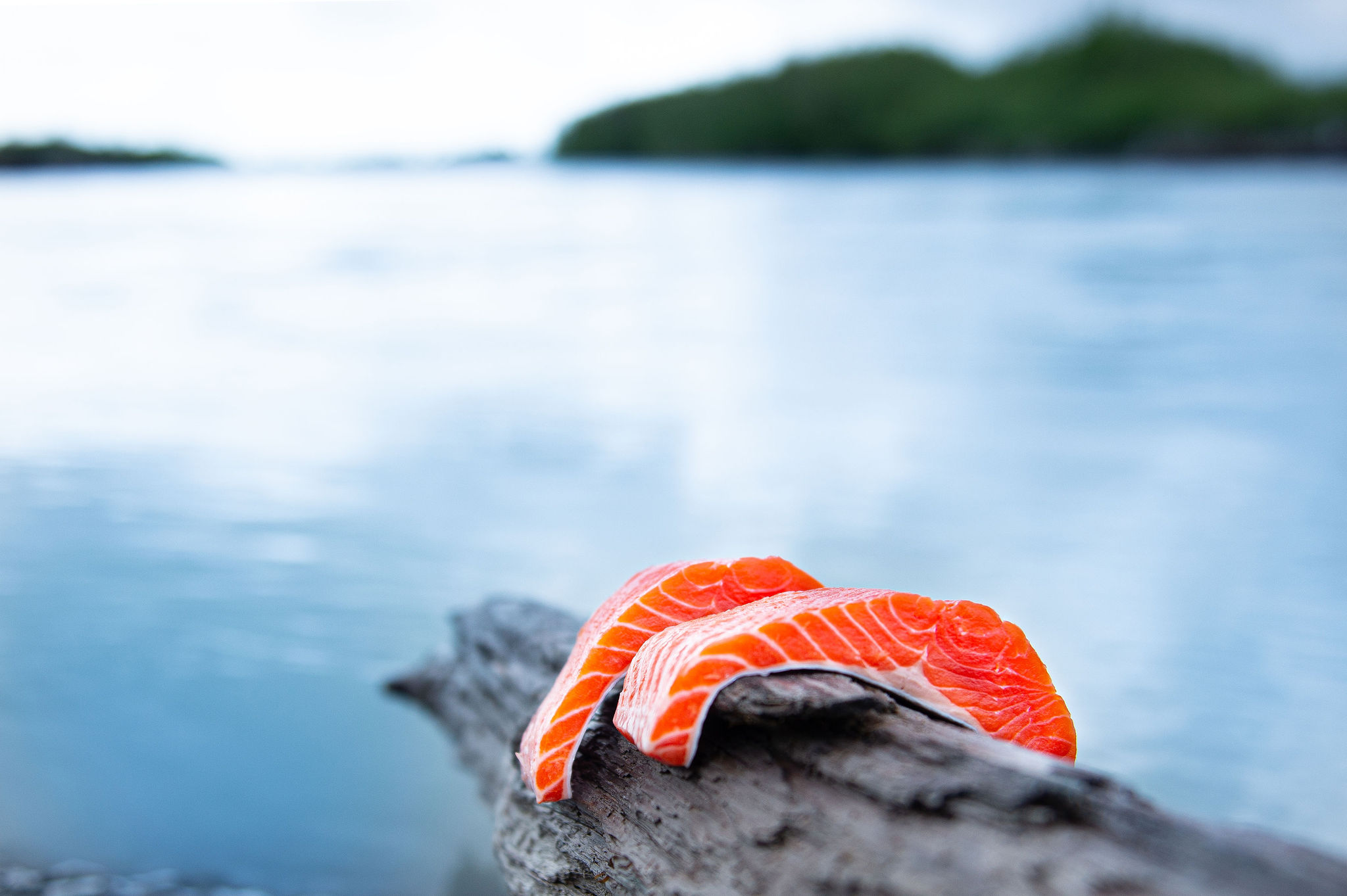
Organic agriculture is rapidly on the rise. The organic food industry is estimated to be worth over $263 billion by next year. Organic foods are loaded with health benefits and are promised to be free of synthetic materials. But what about organic seafood, is there even such a thing? Isn’t that just wild-harvested seafood? Well, not exactly.
Though very similar, there are some differences between wild-caught seafood and those labeled organic. Both involve producing or harvesting food that is as close to its natural state as possible with little intervention and modification. Keep reading to learn the differences and why you should be buying wild-caught seafood if you currently eat organic.
What is Wild Caught Seafood?
Shopping at your local seafood market can be overwhelming. Which do I go with, the Alaskan wild-caught salmon? What about the organic salmon sitting right next to it? There are so many options, so how do you know you are making the healthiest choice?
When you shop organic, you are shopping with the thought of your loved ones in mind. Taking the extra step to make sure you are only eating the safest and healthiest foods. But when it comes to seafood, Alaskan wild-caught salmon is equal to, if not better than, those labeled as organic.
But what is wild-caught salmon? Copper River salmon are harvested directly from their natural habitat in Alaska. It is achieved by skilled fishermen in small boats, individually hand caught and processed.
The fish are left as close to their natural state as possible with minimal processing. This sounds great! How can it possibly get any more natural than that?
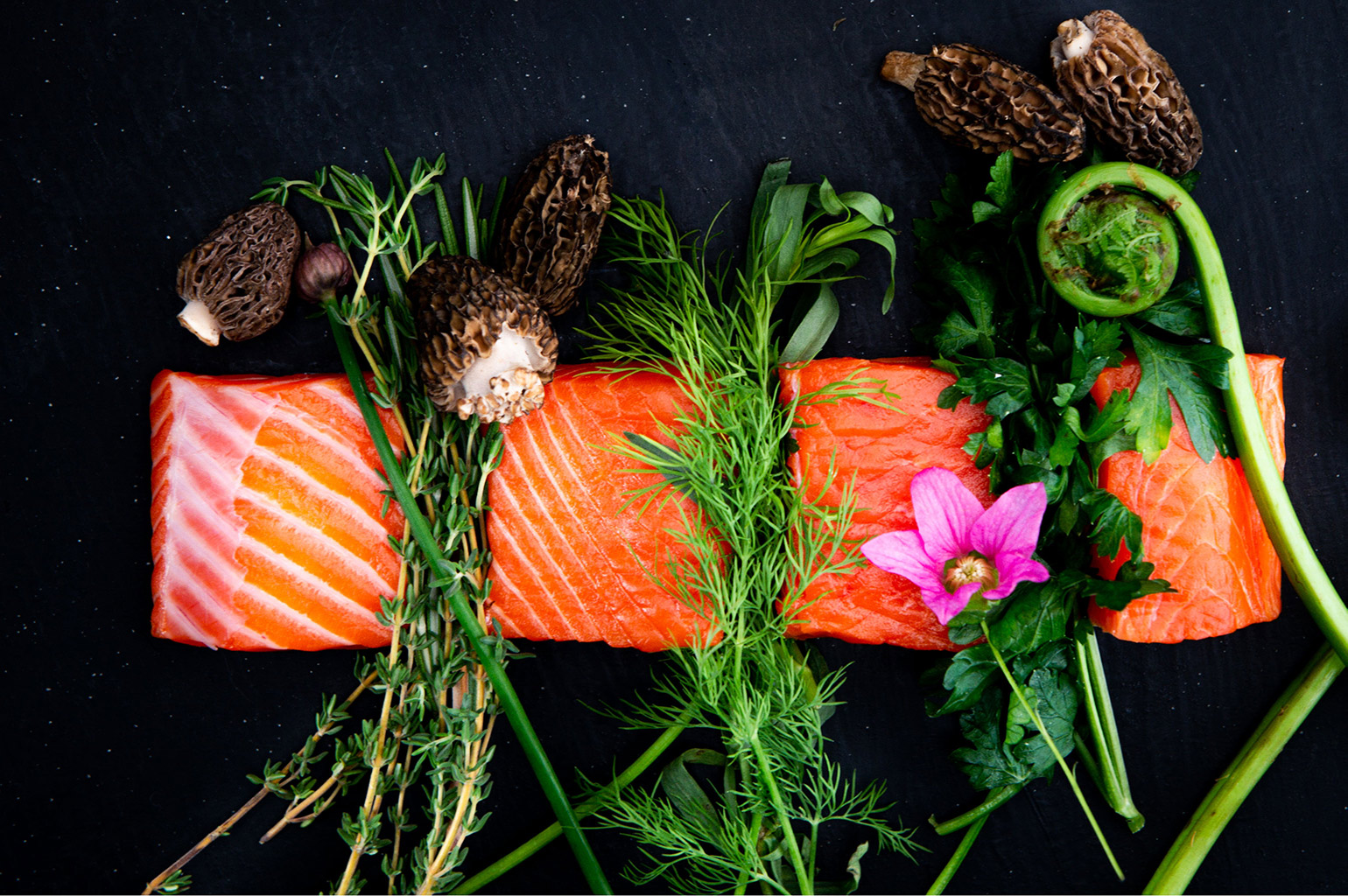
What Is Organic Seafood?
Well, Wild-caught Salmon is as natural as it can get. They are harvested right from their natural habitats: the ocean, or outflows of rivers, such as the Copper River in Alaska. Compared to farm-raised fish fed the same food every day, wild-caught salmon are thought to be more nutritional due to their diverse diet in the wild. Krill is a large part of wild-caught salmon diet; this gives them a richer and more vibrant color.
Due to the miles that these salmon swim each day, they tend to be leaner than farm-raised salmon, which are in a small vicinity, and contain more fat. Wild-caught salmon are harvested by small fleets of fishermen operating with nothing but respect, passion, and care.
How Are These Fish Harvested?
They are harvested by hand with drift gillnets that must be approved by the Alaska Department of Fish and Game. Once harvested, the salmon are quickly put on ice to be kept at the peak of freshness. Once the salmon is chilled, they are shipped by air freight providers and delivered to restaurants and shops within forty-eight hours, keeping the fish as fresh as they can be.
The United States Agriculture department has many guidelines in place for products to be labeled organic. This form of agricultural production must promote resource cycling, ecological balance, ways to improve soil and water quality and minimize the use of any synthetic materials. However, these standards currently only apply to traditional agriculture, not aquaculture.
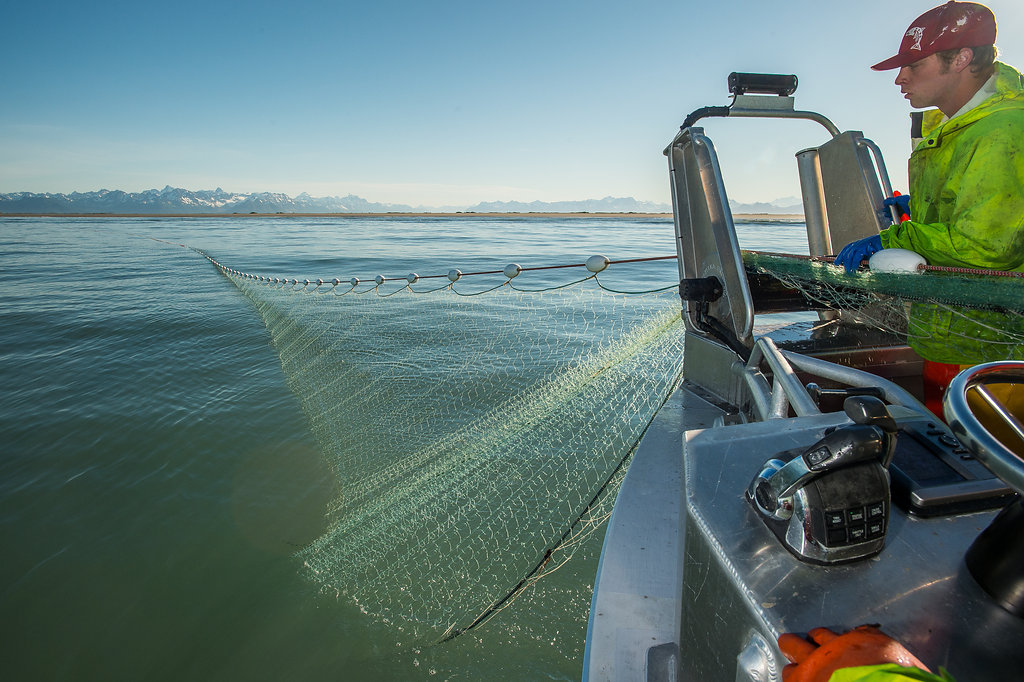
How Are These Fish Sold?
Sourcing
Currently, there are no guidelines in place for aquaculture and for seafood to be labeled as USDA organic. When you are shopping and come across seafood that is labeled organic, it has been imported from another country. It follows foreign standards, which may not be considered sustainable and organic in the United States. Sometimes these standards allow for the use of open-net cages, chemicals, or feed contaminated with or composed of inorganic materials.
Since the United States does not have its own standards in place for organic aquaculture, it cannot inspect imported seafood to see if it is truly organic or not. Sometimes a private farm might label their grown seafood as organic. If the seafood comes from a private farm, those may have different standards for themselves regarding raising their fish.
They may ensure that the living conditions are safe and sustainable, limit the use of hormones to promote growth, refrain from using antibiotics, and use only a natural fish feed. Oftentimes, these farms are committed to providing organic and sustainable aquaculture, but there are no guidelines in place to ensure that this is guaranteed.
Labeling
For over a decade, the USDA has been working on creating standards for aquaculture to be labeled organic. It will guarantee that the farms will help monitor water quality, reduce waste, raise fish in a way where there is little to no processing, and provide other specific guidelines.
However, there is nothing that labels seafood, farmed or wild-caught, as USDA organic. Some states, such as California, ban the sale of foreign organic certified or labeled seafood to limit confusion and assure that only the highest quality seafood is being sold to their population.

What Are The Benefits Of Eating Wild Caught Seafood?
The benefits of eating wild-caught seafood are almost identical to that of eating other organic foods. First off, they both taste better. The food is free from tampering and left in its natural state as much as possible, making it taste better.
Organic food, like wild-harvested seafood, has better nutrition, showing an increase in vitamins and minerals. You are also helping the environment by supporting sustainable harvesting and growing practices that give back to the earth and recycle as much as possible.
Organic farming has strict guidelines in place for protecting the earth and being as sustainable as possible. In the U.S., wild-caught seafood must follow strict regulations and practices regarding sustainability to ensure no fish population is over-harvested. And farmed seafood must adhere to guidelines to make sure they are running a sustainable farm.
You may be asking yourself, why even go through all of this trouble? Why don’t I skip the fish this week? Well, salmon is easy to cook. Grilled, baked, or fried; there are endless possibilities. Check out our recipe page for easy and delicious recipes. Salmon is also loaded with an array of amazing health benefits.
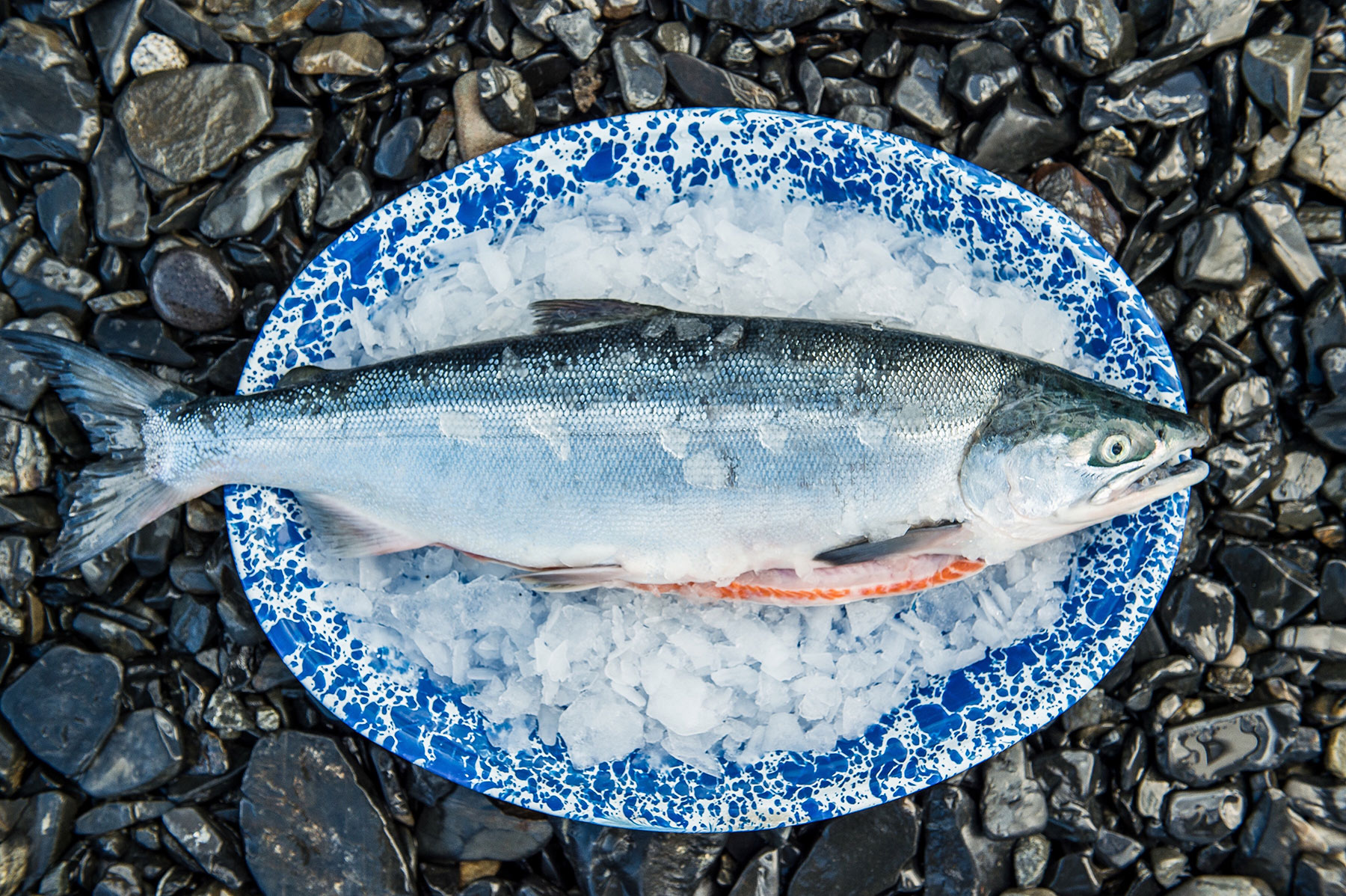
How Does Eating Wild Caught Seafood Impact My Health?
Salmon is very low in saturated fat, making it a heart-healthy food. Omega-3 fatty acids and potassium help lower cholesterol and regulate blood pressure. While also lowering the risk of some cancers, dementia, and cardiovascular diseases. Salmon is full of the entire group of B vitamins.
This helps restore DNA in your body, reduce inflammation, improve brain health, support the nervous system, support your metabolism, and maintain hormonal balance. Fish is loaded with protein, the building block of bones, muscles, skin, and blood. It does all of this while also improving bone density and strength.
If you struggle with thyroid dysfunction, salmon is an excellent choice for you. Copper River Salmon provides selenium, a trace mineral that protects the thyroid from damage caused during hormone synthesis. The variety of vitamins and minerals found in salmon all work together to help boost and improve brain function.
It has been found that eating salmon while pregnant improves fetal brain development and health. Being rich in Vitamin A, salmon helps to enhance eyesight, as well as improve the quality and health of skin. Lastly, salmon is packed with antioxidants that help prevent many cardiovascular, immune, inflammatory, and neurodegenerative diseases and conditions.
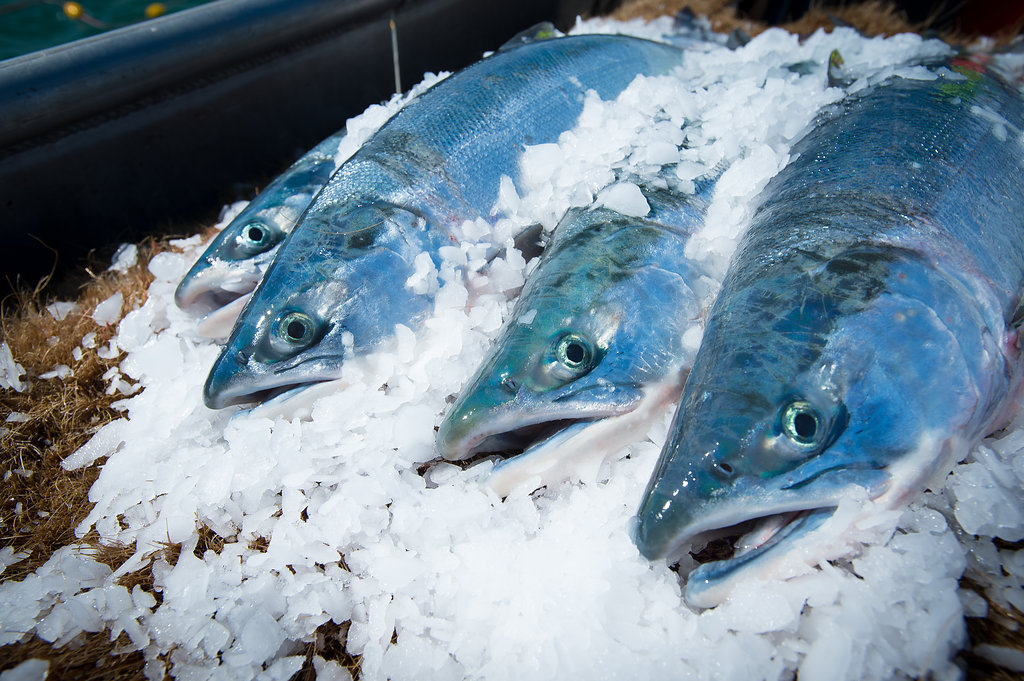
How Do I Know I Am Getting The Best Seafood?
The safest way to make sure you are getting the absolute best is to buy wild Alaska seafood. Every country has its own practices for processing seafood, and some are far less rigorous than that of the United States. Fishwatch states that “United States wild-caught Salmon is a smart choice because it is sustainability managed and responsibly harvested.”
Knowing your source is a crucial step to take when shopping for seafood and ensuring you are getting the absolute best quality available. In the United States, all seafood must contain a country of origin label (COOL), so if you go with imported seafood, you know exactly where it is coming from. To make sure you are getting the best seafood, always search for Alaskan caught. Shopping organic means only allowing the best and healthiest things into your body, and wild-caught Copper River Salmon greatly exceeds that standard.
To make sure that you are getting the absolute best, don’t be afraid to ask questions to learn where it came from and how it was obtained when shopping for seafood. Some signs that the fish is fresh are bright, clear full eyes, bright red or pink gills, and free of slime. Lastly, ask for Alaska salmon, and ask for Copper River whenever possible.
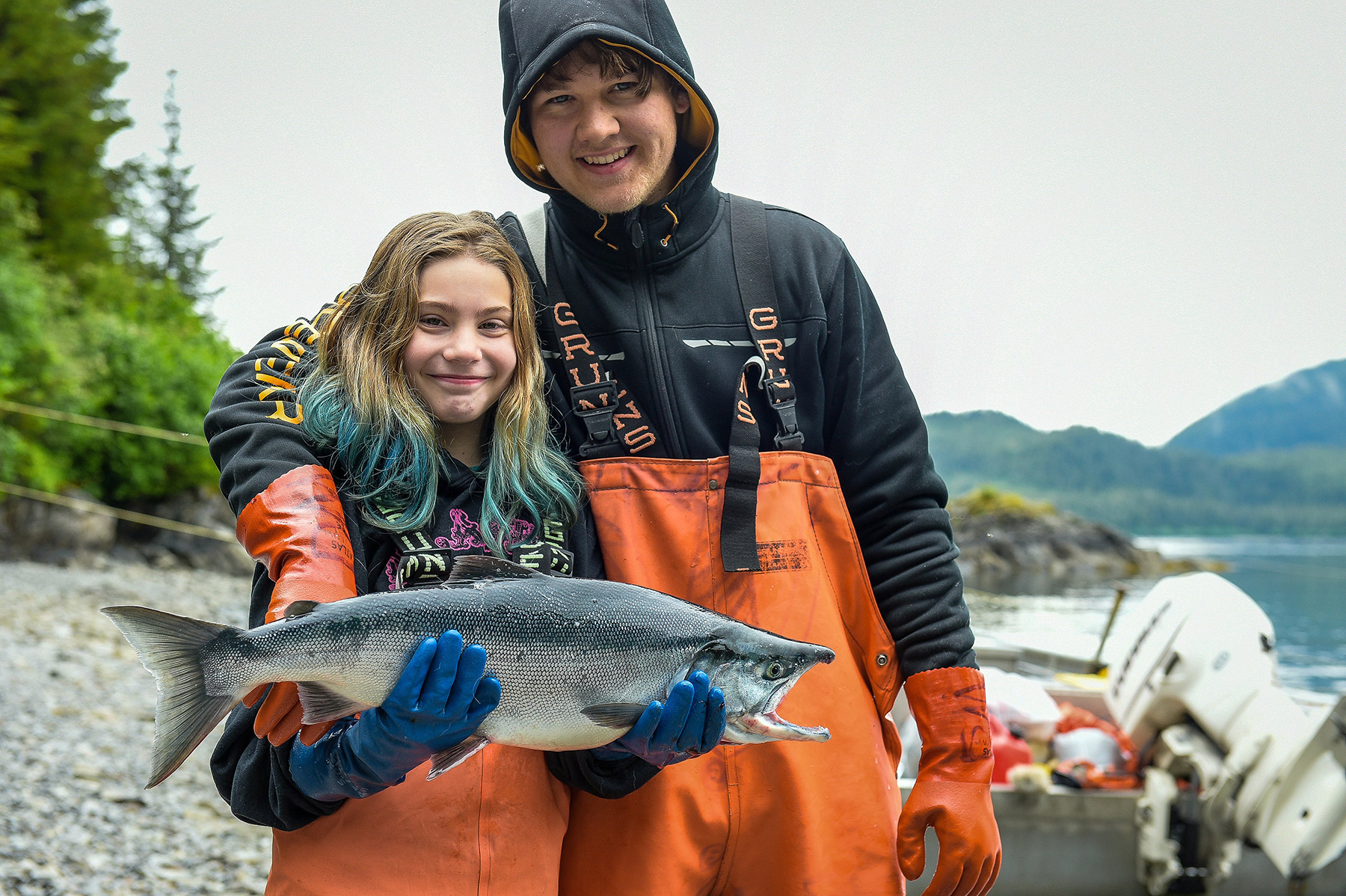
Resources
https://nationalaglawcenter.org/wp-content/uploads/2019/06/soaus.pd_.pdf
https://www.marthastewart.com/7997114/can-seafood-be-organic-and-other-fish-terms
https://www.ecocaters.com/blog/organic-seafood-101/
https://www.nal.usda.gov/afsic/organic-aquaculture
‹ Back
